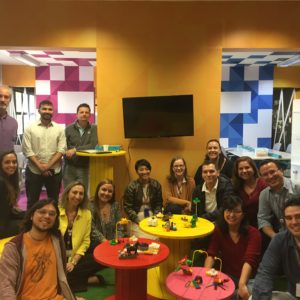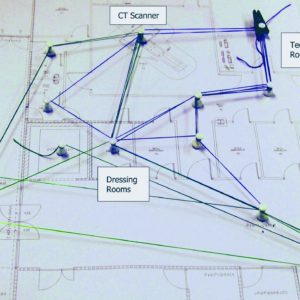Last week I attended a conference in Milan about visualizations in Architecture. The conference showcased many objective ways to represent the user perception of space before it is built: maps, simulations, calculations, scatterplots, etc. The represented perceptions ranged from confort to privacy.

My own presentation raised the issue of validity of such representations, considering the objectivity mindset of the conference. Most of the works presented were not based on data informed directly by users. Instead, they were just speculations on what the user would do or feel in the space being designed.
I told a story of a project where we tried representing the user activity based on reasonable assumptions, such as official workflow descriptions and business cases, but it didn’t worked out. What worked out was when users were able to represent themselves their own activity. This is what I call self-representation, a process that can happen during participatory workshops to increase the validity of activity representation implied by spatial plans.
Here are the slides, in synch with the presentation recording.
This was the first academic publication of my PhD research, which focus on developing the user activity while designing space. A sample of the conference paper is available to download.

